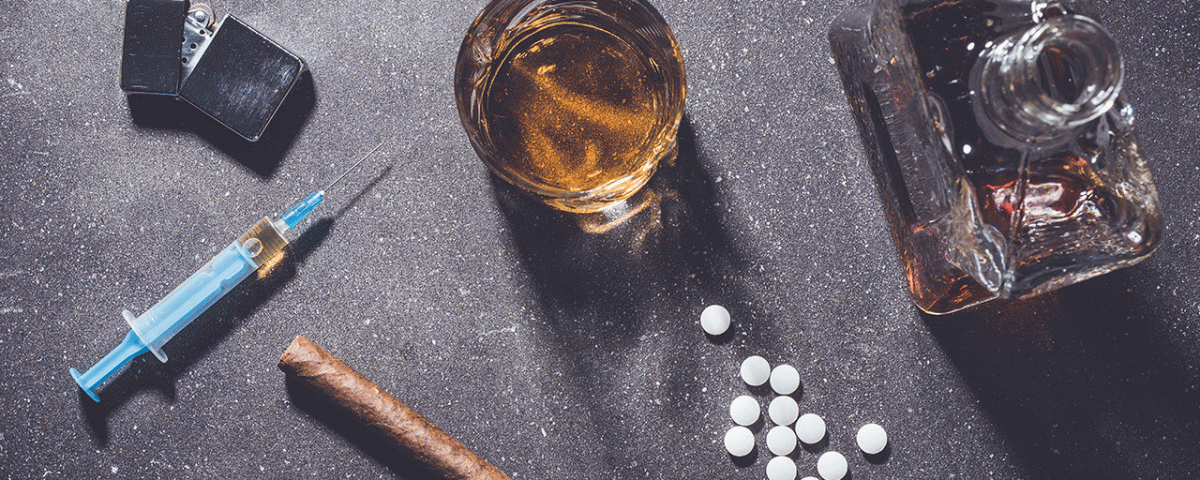Fentanyl, a powerful synthetic opioid, is used extensively for pain control and sedation in medical settings. It is useful for operations requiring patient calmness because of its capacity to elicit drowsiness and relaxation. However, there are a number of possible interactions that call for caution when fentanyl and alcohol are combined. Banyan Treatment Centers Heartland explores the complex interactions between these two drugs, revealing the dangers of using them both at the same time and the pressing need for people to practice caution. Knowing how fentanyl interacts with alcohol is essential to having a safe medical experience, underscoring the significance of following medical professionals' advice and selecting alcohol wisely when using fentanyl.
How Does Fentanyl Work for Sedation?
Fentanyl is an extremely powerful synthetic opioid well recognized for its analgesic (pain-relieving) effects. Despite the fact that its primary function is pain relief, it is possible to utilize fentanyl for sedation in some medical settings. When used for sedation, fentanyl attaches to certain receptors known as mu-opioid receptors, which have an impact on the central nervous system. Numerous regions of the brain and spinal cord that regulate mood, pain perception, and other body functions include these receptors. By attaching to these receptors, fentanyl has a depressing effect on the central nervous system. This decrease in neuronal activity leads to a relaxed, drowsy state.
Sedative effects of fentanyl include diminished awareness of one's surroundings, reduced anxiousness, and a soothing sensation. When a patient's anxiety needs to be controlled, such as during minor surgical operations or medical treatments, medical practitioners may inject fentanyl or apply it as transdermal patches to provide drowsiness. The use of fentanyl for sedation should be carefully monitored by healthcare professionals and saved for appropriate clinical situations where its advantages outweigh the risks because it is a powerful and dangerous drug with a high risk of respiratory depression and overdose.
Can You Drink Alcohol While Taking Fentanyl Anesthesia?
It's important to be aware of any potential interactions with alcohol when receiving fentanyl-based medicine or fentanyl anesthesia. Fentanyl is a strong opioid that suppresses the central nervous system, inducing drowsiness, respiratory depression, and decreased alertness. Similar to drugs that depress the central nervous system, alcohol also has this effect. Due to their synergistic effects, combining fentanyl with alcohol use can be harmful because it can worsen respiratory depression, slow the heart rate, and even cause unconsciousness. When fentanyl anesthesia is combined with alcohol and fentanyl, the chance of severe responses, which could result in life-threatening situations, is considerably increased. As a result, it is strongly advised to refrain from drinking alcohol while receiving fentanyl anesthesia or utilizing drugs that include fentanyl.
Interactions to Consider:
- Respiratory depression: Both substances can individually suppress respiratory function. When combined, their effects can be additive, potentially causing severe breathing difficulties or respiratory arrest.
- Central nervous system depression: The simultaneous depressant effects of fentanyl and alcohol can lead to excessive sedation, dizziness, confusion, and impaired coordination. This can increase the likelihood of accidents or injuries.
- Cardiovascular effects: Combining these drugs can lead to lowered blood pressure and heart rate, which may result in cardiovascular complications, including fainting or heart failure.
Given the substantial dangers of combining fentanyl anesthesia with alcohol, patients should follow the advice of their healthcare professional and abstain from alcohol use while taking fentanyl. It is crucial to put safety first and reduce potential interactions to provide a seamless and risk-free medical experience.
The Dangers of Addiction and How to React
One commonality shared between alcohol and fentanyl is the threat of abuse, dependency, and addiction. While alcoholism has been around for centuries, fentanyl is a relatively more recent substance, first introduced in 1960. The latter has made significant headlines throughout the country as instances of fentanyl contamination have wreaked havoc on the lives of drug users and their loved ones.
To address this crisis, our Illinois addiction recovery facilities offer a variety of services that help patients reclaim their lives from the throes of substance abuse. Our Gilman, IL, Banyan rehab provides various addiction treatment programs that can offer solace to those who feel like they can’t climb out of this hole. We also offer detox programs to address any withdrawal symptoms that may present themselves upon ceasing one’s drug use.
Call Banyan’s Heartland Treatment Center at 888-280-4763 to learn which recovery route is the best fir for you or your loved one.
Related Reading








